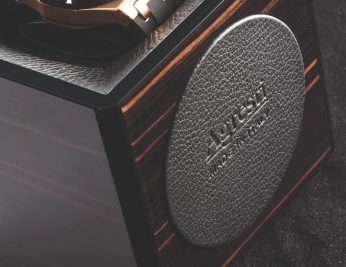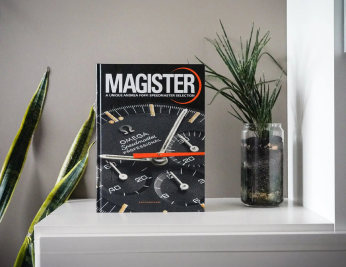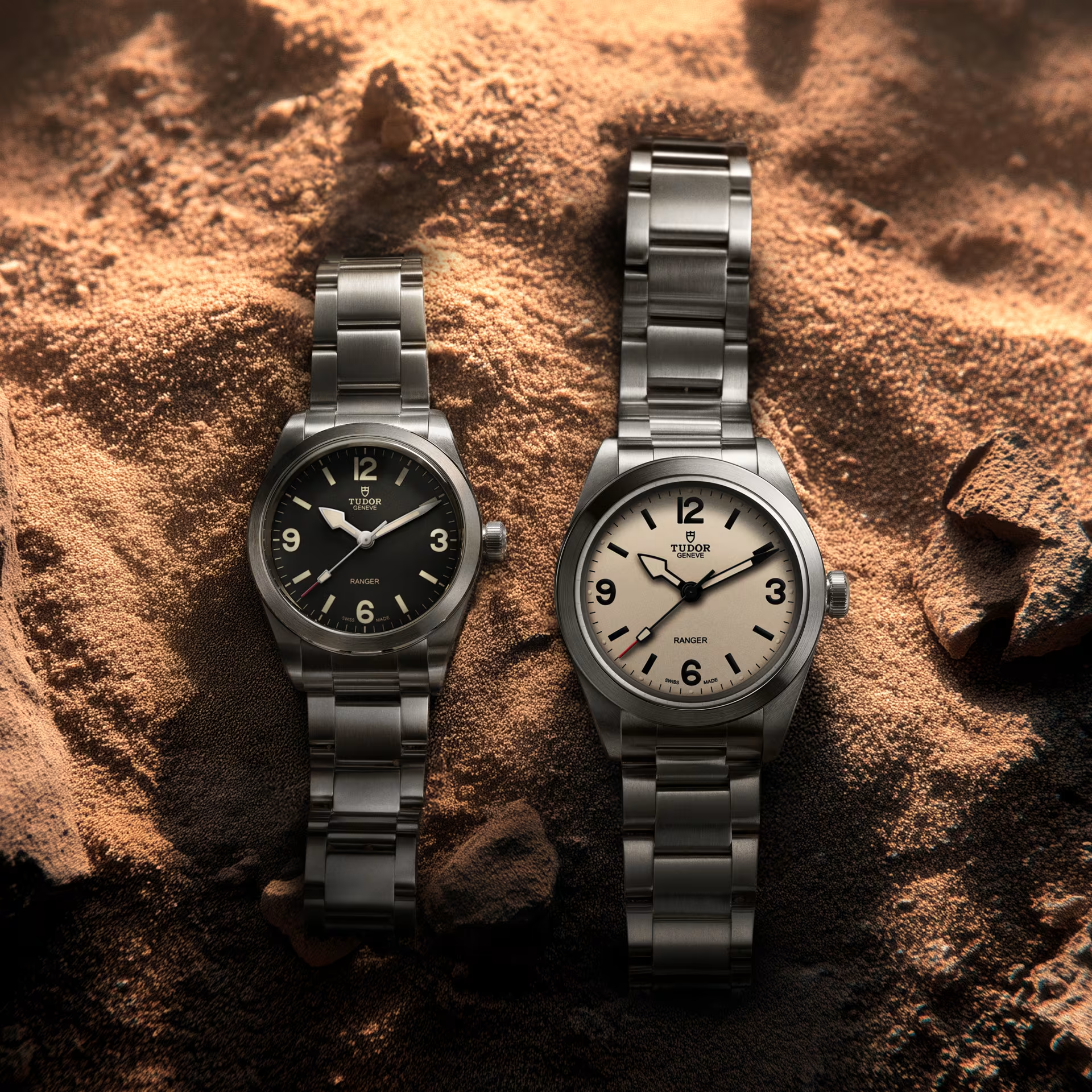A journey through time and innovation, Maison Piaget takes us back to the Haute Couture era of watchmaking in celebration of its 150th anniversary.
Maison Piaget’s philosophy of “Extraleganza” perfectly encapsulates the brand’s rich history and current offerings. The seamless balance of extravagance with elegance defines the Maison’s approach to watch and jewelry making. In celebration of its 150th anniversary, Piaget transformed the Palais Brongniart in Paris into a magnificent exhibition space, showcasing what sets the brand apart from all others. From pioneering stone dial watches to developing groundbreaking thin movements, Piaget boasts a legacy of excellence and craftsmanship, blending impeccable design with unparalleled artisanship.


During my visit to the Piaget exhibition in Paris, I was mesmerized by the masterful gold work, extraordinary gem settings, and stunning horlogerie. Allow me to share the marvels I encountered and the insights I gained–I hope they enchant you as much as they did me.
The “Essence of Extraleganza” exhibition showcased Piaget’s new collection of watches and high jewelry, seamlessly blending the brand’s illustrious past with its innovative present. Visitors were treated to museum pieces that displayed the unique DNA of the brand and the iconic designs that inspired the current collection. This marriage of past and present highlighted Piaget’s mastery in using gold and gems, underscoring the commitment that Piaget made in 1957 to crafting watches exclusively from precious materials.



Piaget’s mixing of jewelry with watches never compromised on the brand’s excellent savoir-faire of watchmaking. After all, it was Piaget that introduced the world’s first thinnest automatic movement, the 12P caliber, measuring a mere 2.3 mm and setting a new standard in the watchmaking world. This innovation gave the brand a significant competitive edge, which was solidified in 1969 with the launch of the iconic 21st Century Collection, making Piaget synonymous with extraordinary jewel-watches.


This revolutionary use of unexpected materials and unrestricted case sizes transformed the industry, and hence, the 1970s became known as the Haute Couture era of watchmaking. Designers at Piaget were sent to Paris to get inspiration from the latest couture fashion shows, resulting in a series of jewelry timepieces featuring intricate gold cases and avant-garde designs. This legacy was brought to life at Piaget’s celebratory “Essence of Extraleganza” exhibition in Paris, as we were able to witness artisans meticulously gem-setting and doing the intricate Palace Décor on bracelets, which is a special technique of engraving gold that Piaget has been doing since the 1960s.


Piaget’s ingenious fusion of art and horology extends far beyond traditional wristwatches. The brand’s innovative combination of stone dials, ornamental gems, and intricate bracelets has led to the creation of stunning jewelry pieces such as organic cuffs and unchained long necklaces that also tell the time. In Piaget’s hands, gold takes on a fabric-like texture, introducing an entirely new way to wear time.


This bold approach to watchmaking demanded an equally bold approach to advertising, which is where renowned Italian photographer and artist Alberto Rizzo came into play. Rizzo experimented with color, composition, and light to produce unrivaled and often surrealist pictures. His creative collaboration with Piaget resulted in iconic watch campaigns for Vogue and Harper’s Bazaar, which were perfectly in sync with Piaget’s extravagant creations and were successful in strengthening the brand’s identity.


At the exhibition, we also got to witness an array of significant timepieces from the Piaget Private Collection that belonged to important individuals of the past. Among the highlights was Miles Davis’ 18k yellow gold and diamond Piaget Polo. This exquisite watch featured a round skeletonized dial, encircled by a double row of single-cut diamonds within a gold case–truly a sight for sore eyes.



Another standout piece was Jackie Kennedy’s elegant yellow and white gold watch adorned with emeralds and a jade stone dial, housing the Piaget 9P movement. Beside it was another watch with a jade dial, showcasing intricate gold work on the cuff bracelet. This piece, along with a slimmer yellow gold and diamond wristwatch, belonged to the legendary Elizabeth Taylor.



Piaget’s new collection, unveiled to honor its rich history, is nothing short of impressive. The brand revives its iconic creations from the 1960s and 1970s, paying tribute to its savoir-faire in watchmaking and jewelry. Each new timepiece demonstrates a fresh wow-factor with the groundbreaking designs, while unmistakably nodding to the brand’s roots and the elements that made Piaget an icon in the first place.
Visit our YouTube channel to experience the best of the watchmaking world firsthand.
For real-time updates, follow us on Instagram.












